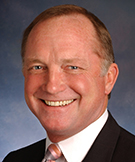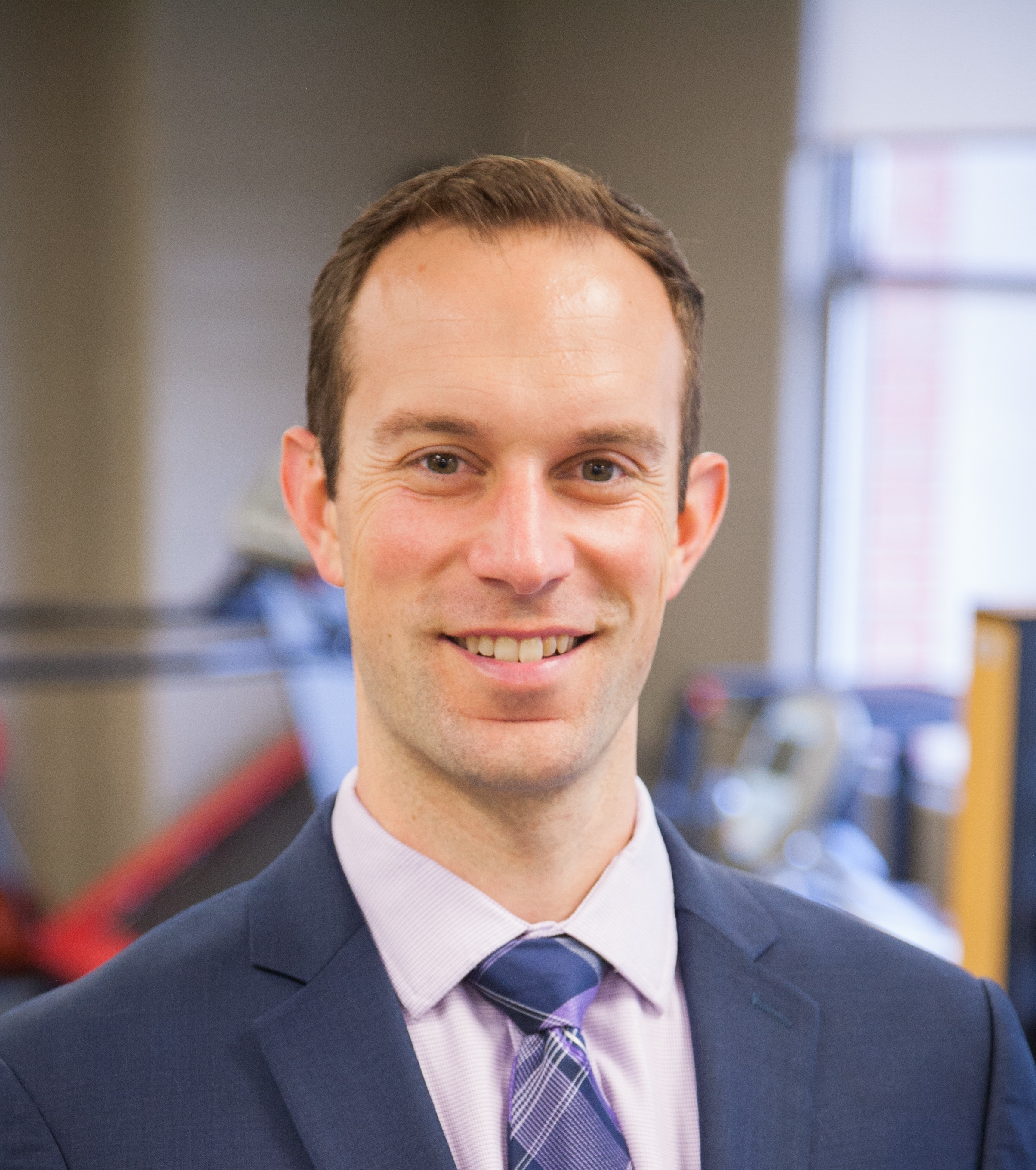Walt Thompson, Ph.D., FACSM, ACSM-CEP, RCEP, P.D., and Cemal Ozemek, Ph.D., ACSM-CEP, FACSM |
April
29, 2024

Released in January 2024, ACSM’s Clinical Exercise Physiology, 2nd Edition, is updated to include the latest advancements and current best practice recommendations. Led by editors Walter R. Thompson, Ph.D., FACSM, ACSM-CEP, RCEP, P.D., and Cemal Ozemek, Ph.D., ACSM-CEP, FACSM, a team of international experts provide an evidence-based approach to exercise as intervention for more than 35 conditions commonly encountered in practice.
Drs. Thompson and Ozemek shared more about some of the changes that readers can expect to see in the next edition.
Q: What is unique about ACSM’s Clinical Exercise Physiology that sets it apart from other texts in the market?
A: There are 42 internationally recognized experts in their respective fields that contributed to this second edition of the wildly popular ACSM’s Clinical Exercise Physiology. Sixteen additional experts provided a comprehensive review of each chapter. The first edition’s foreword was written by all the living ACSM presidents; this second edition’s foreword is authored by the presidents of highly respected international professional organizations (AACVPR, BASES, CASM, CEPA, CEP-UK, CEPNZ and ESSA). We are in the process of getting endorsements from these organizations, which will include a deep discount for the purchase of the book to their members.
Q: What’s one of the biggest changes in terms of content included for the second edition?
A: Every chapter has been updated with the most recent scientific and clinical material for the clinical exercise physiologist (CEP) to use immediately. For every condition, there has been a FITT (frequency, intensity, time, type) table prepared for easy use and application. New case studies appear at the end of each chapter that challenge CEPs with intriguing questions. Each clinical condition is paired with any recognized comorbidity and highlighted in Chapter 16, “Persons with Multimorbidity.”
Q: Are there any organizational changes readers will see?
A: The logical presentation of material provides a format that can be used over the course of one to two semesters in any college or university offering advanced undergraduate or graduate classes in clinical exercise physiology. Organized in a semisequential manner, the first chapter details the history of clinical exercise physiology. The second chapter provides an overview of the life cycle from birth to death with a special focus on women and children. After these two introductory chapters, the book builds sequentially, each chapter increasingly becoming more independent. Chapters 3 and 4 review the benefits and risks associated with exercise and physical activity and introduce preparticipation health screening, followed by a detailed description of how to develop exercise programs for the apparently healthy client. These chapters provide the foundation for subsequent topics that are more specific, such as cardiovascular disease, respiratory disease, diabetes, physical and intellectual impairments, cancer, diseases and conditions of the bones and joints, immunological disorders, and behavior and mental health as they relate to exercise. Chapter 16 focuses on multiple disorders (co- or multimorbidities), followed by environmental and genetic impacts. The final chapter describes and outlines potential legal issues facing the CEP.
Q: There are 35 conditions covered in the book — that’s a lot! How did you and the authors break this down into 19 chapters?
A: Yes, 35 conditions are a lot to cover in one book, even one that is over 800 pages. There may be even more than 35 conditions when you consider the various types of heart disease, pulmonary disease and cancer that exist. By including Chapter 16, we were able to avoid repeating the many comorbidities that could exist in a single patient in several chapters. Each chapter has a broad theme (examples are Chapter 5, “Cardiovascular Disease”; Chapter 8, “Respiratory Diseases”; and Chapter 13, “Cancer”) which is then divided between the related disease states (for example, Chapter 13 includes breast cancer, gynecologic cancers, prostate cancer, etc.). Most chapters include epidemiology, common presentations, prognosis, treatments and other health implications.
Q: The book supports those working in the field and those teaching/studying the material in courses. Who else could also benefit from using this text?
A: Several features of this book distinguish it from other clinical exercise physiology books available today, which is beneficial to any clinician or health care provider. First, there is a single chapter dedicated to electrocardiography. Many electrocardiography books are written by and for clinicians, but seldom are there any directed to what CEPs might encounter during exercise testing or in a rehabilitation program. The electrocardiography chapter focuses primarily on those conditions typically seen and does not include obscure, confusing or abstruse conditions.
Q: As a benefit to instructors who adopt this text, it comes with a host of ancillary resources. Can you tell us about those?
A: Included in each chapter are many examples that can be used for review purposes. A second unique feature is chapter review questions (with answers) and case studies. Most of the chapters have multiple case studies, but what makes this unique is that each has accompanying review questions and short answers available to instructors. Student resources include a question bank, videos and electrocardiogram animations. Instructor resources include PowerPoint slides for each chapter, a test bank, an image bank and comprehensive answers to text questions.
Q: Anything you would like to add?
A: The authors of this book are a “who’s who” in clinical exercise physiology. We are very fortunate that all of them agreed to participate in the complex task of revising, updating and writing important chapters. We appreciate their dedication, enthusiasm, commitment and perseverance. Walt very much appreciates the collaboration with Cemal Ozemek from the University of Illinois Chicago who agreed to be a co-editor on this edition.
Faculty can request a review copy of the e-book and teaching resources here.
 Walt Thompson, Ph.D., FACSM, ACSM-CEP, RCEP, P.D., is Regents Professor Emeritus and associate dean in the College of Education and Human Development at Georgia State University in Atlanta, Georgia. He has been involved in the leadership of many ACSM committees and served as the 61st president of the college.
Walt Thompson, Ph.D., FACSM, ACSM-CEP, RCEP, P.D., is Regents Professor Emeritus and associate dean in the College of Education and Human Development at Georgia State University in Atlanta, Georgia. He has been involved in the leadership of many ACSM committees and served as the 61st president of the college.
 Cemal Ozemek, Ph.D., ACSM-CEP, FACSM, is a clinical associate professor at the University of Illinois at Chicago, where he serves as director of the Professional Doctor of Clinical Exercise Physiology program. He is the senior editor of ACSM’s Guidelines for Exercise Testing and Prescription, 12th Edition, and is a past-president of the Clinical Exercise Physiology Association.
Cemal Ozemek, Ph.D., ACSM-CEP, FACSM, is a clinical associate professor at the University of Illinois at Chicago, where he serves as director of the Professional Doctor of Clinical Exercise Physiology program. He is the senior editor of ACSM’s Guidelines for Exercise Testing and Prescription, 12th Edition, and is a past-president of the Clinical Exercise Physiology Association.